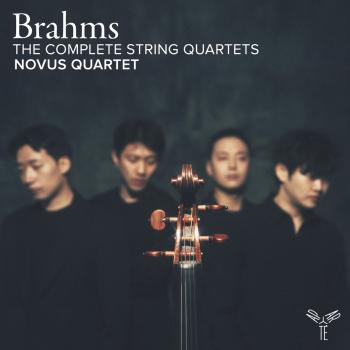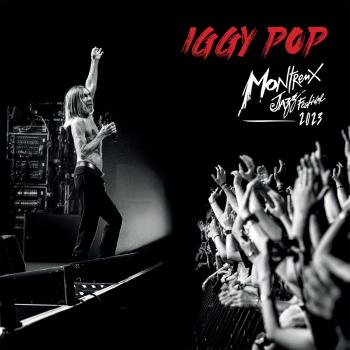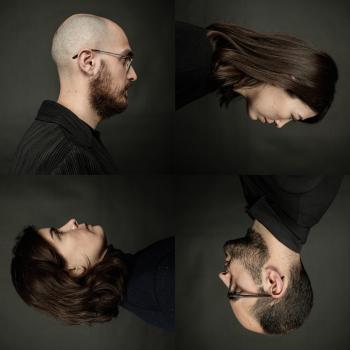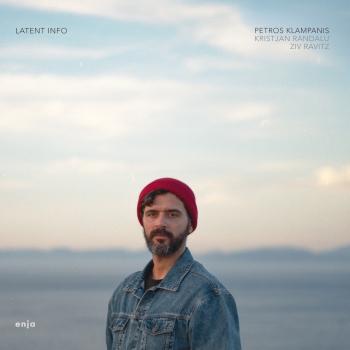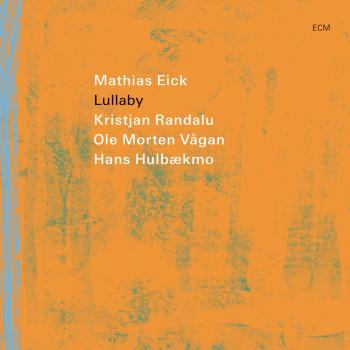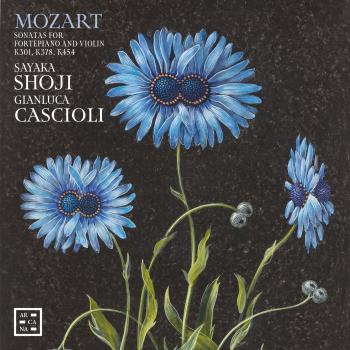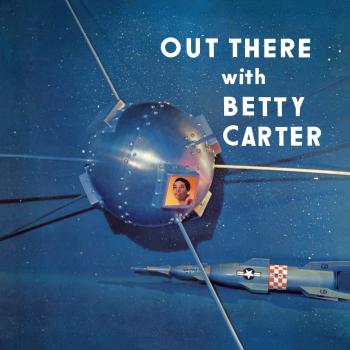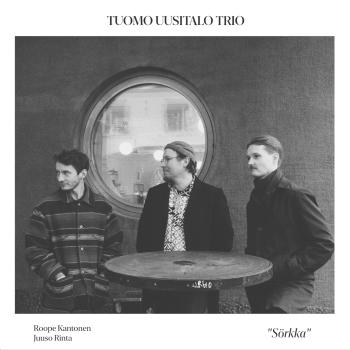
Wheels Of Fire (Remastered) Cream
Album info
Album-Release:
1968
HRA-Release:
10.04.2014
Album including Album cover
I`m sorry!
Dear HIGHRESAUDIO Visitor,
due to territorial constraints and also different releases dates in each country you currently can`t purchase this album. We are updating our release dates twice a week. So, please feel free to check from time-to-time, if the album is available for your country.
We suggest, that you bookmark the album and use our Short List function.
Thank you for your understanding and patience.
Yours sincerely, HIGHRESAUDIO
- 1 White Room 05:03
- 2 Sitting On Top Of The World 05:01
- 3 Passing The Time 04:37
- 4 As You Said 04:25
- 5 Pressed Rat And Warthog 03:18
- 6 Politician 04:17
- 7 Those Were The Days 02:57
- 8 Born Under A Bad Sign 03:14
- 9 Deserted Cities Of The Heart 03:41
- 10 Anyone For Tennis 02:42
- 11 Crossroads 04:20
- 12 Spoonful 16:51
- 13 Traintime 07:04
- 14 Toad 16:16
Info for Wheels Of Fire (Remastered)
Das dritte Album ist das musikalische Kernstück des Rocktrios und zugleich ein Meilenstein für die Rockmusik der 60er. Auf zwei LPs, die teilweise auch seperat erschienen sind, zeigen Eric, Jack und Ginger, dass auch mit Rock Musikgeschichte geschrieben werden kann. Die erste Scheibe beinhaltet den Studioteil mit den legendären Songs "White Room", "Those Were The Days" und "Born Under A Bad Sign". Auf der zweiten Seite erwarten den Hörer Mitschnitte der Fillmore-Konzerte in Los Angeles (7., 8. und 10. März 1968) mit ungewöhnlich langen Tracks. "Crossroads" hat sich zum Etikett-Livestück Eric Claptons entwickelt.
Jack Bruce, vocals, guitar, cello, recorder, harmonica, bass, calliope
Eric Clapton, vocals, guitar
Ginger Baker, vocals, glockenspiel, marimba, drums, tympani, tubular bells
Additional musicians:
Felix Pappalardi, viola, organ pedals, trumpet, hand bells, tambourine
Recorded at IBC Studios, London, England in July-August of 1967; Atlantic Studios, New York, New York from September 1967 to June 1968; The Fillmore West, San Francisco, California on March 7, 1968; Winterland, San Francisco, California on March 8-10, 1968
Engineered by Adrian Barber, Bill Halverson and Tom Dowd
Produced by Felix Pappalardi
Digitally remastered
Cream 1966 - 1968
The virtuoso playing of Eric Clapton, Jack Bruce and Ginger Baker made Cream the first band of soloists. In their two year career they brought the blues to a whole generation of white rockers and spawned legions of power trios, boogie bands and heavy metal groups...
According to rock critic Dave Marsh, Cream created “the fastest, loudest, most overpowering blues-based rock ever heard, particularly onstage.” Though they lasted only two years, Cream sold 15 million records; earned the first certified platinum album in history (for the double set Wheels of Fire); played to standing-room-only audiences across Europe and North America; and redefined the instrumentalist’s role in rock.
Indeed, the trio is often cited as the first “supergroup.” Eric Clapton’s passion and fluidity on guitar inspired a spate of “Clapton is God” graffiti in London; Ginger Baker’s brutal intensity helped create the tradition of the drum solo in rock; and Jack Bruce was one of the first bassists to introduce a jazz sensibility to a hard rock format.
Eric Clapton, born in March, 1945, was first inspired by Sonny Terry and Brownie McGhee, and later by Jerry Lee Lewis. He quickly graduated from a plastic guitar to a real one, and from small-town Ripley to cosmopolitan London. There, he immersed himself in the nascent British blues scene, playing in the Roosters and Casey Jones & the Engineers before achieving an axemaster’s reputation with the Yardbirds and John Mayall’s Bluesbreakers.
In the last Bluesbreakers lineup, Jack Bruce was playing bass. He left to join Manfred Mann, but not before Clapton had become excited enough by his work to want to form a band. When drummer Ginger Baker, about to leave the jazz- tinged Graham Bond Organisation, asked Clapton if he wanted to start a band, the trio became inevitable. Despite animosity between Bruce and Baker, Cream was formed in July, 1966.
They made their debut at the 1966 Windsor Festival in England, and rapidly established their legendary live style — a combination of high-volume blues jamming, extended solos and flashy instrumental showmanship.
Their first album, Fresh Cream, was released in January, 1967, to moderate U.K. success. It included such chestnuts as Skip James’“I’m So Glad” and Muddy Waters’“Rollin’ And Tumblin’,” and like their live show expanded the possibilities of blues playing far beyond the traditional limits of slavish imitation. It also turned a legion of white rockers on to the sound, and in April, when it hit the U.S. charts, a host of followers — boogie bands, power trios and heavy metal groups — was spawned.
In the meantime, though, flower power, psychedelia and Jimi Hendnx were making their way across the Atlantic. Consequently, Cream’s second LP, Disraeli Gears, was filled with short, pungent rock originals drenched in fuzz-tone, wah-wah and other then-revolutionary guitar effects. It was released in December, 1967, and a few months later “Sunshine Of Your Love” reached number five on the U.S. charts. Spicy, sophisticated rockers like “Tales of Brave Ulysses” and “Swalbr” became FM underground radio staples. This was when Clapton’s comparisons to the Deity began, as he became the focus of the guitar cult that developed in the late ‘60s.
Naturally, success was accompanied by tension. Egos bloated, personalities clashed; when Bruce and Baker weren’t fighting amongst themselves — which wasn’t often — they complained of Clapton’s virtual domination of the band. There were also tensions between Clapton’s blues approach and the rhythm section’s jazz snobbery (it was almost inevitable that three overpowering improvisers would step on each other’s musical toes).
Offstage, Cream’s drug abuse was mythic. All three indulged in grass, acid and coke. Baker was using heroin heavily, and Clapton started dabbling down a road that would eventually lead him to a hard, isolated two-year heroin addiction.
Against this backdrop, Cream released Wheels of Fire in June, 1968. The album balanced short, clever songs like “White Room” (mostly written by Bruce and lyricist Pete Brown) with long blues jams like Willie Dixon’s “Spoonful” (mostly guitar workouts for Clapton).
The band gave final concerts in London and New York in November, 1968. In January, 1969, they released a post-breakup collection, Goodbye, with three old and three new songs. Among the new was “Badge,” a subtle but powerfully insistent pop song with a mellotron-treated guitar section courtesy of Angelo Misterioso, otherwise known as George Harrison. A live version of “Crossroads” brought a Robert Johnson blues song to number 28 on the U.S. charts in 1969.
Jack Bruce went on to jazz experimentation, and turned up on the Golden Palominos’ recent LP, Visions of Excess. Ginger Baker discovered Africa before it got cool, and moved there. He went through two bands, isolated himself to grow olives in Italy, and was last seen bashing the hell out of a drum kit on PIL’s recent Album.
Clapton went on to sessions with the Beatles; to the short-lived Blind Faith supergroup; to being a sideman with Delaney and Bonnie Bramlett; to a solo album; and then to Derek and the Dominoes, whose double album Layla offered the most exquisitely painful guitar pyrotechnics of his career. He periodically resurfaces, most recently with Phil Collins, but few would argue that his laid-back style matches the inspiration of his work with Cream.
Ginger Baker, meanwhile, insists that Cream will never re-form. Nevertheless, in these days of post-psychedelic revival, it’s not uncommon to hear Cream down at the dance club or the rock bar, where “Sunshine of Your Love” and “White Room” are being worked into the mix, sounding every bit as fresh as ever. (by Howard Druckman)
This album contains no booklet.

